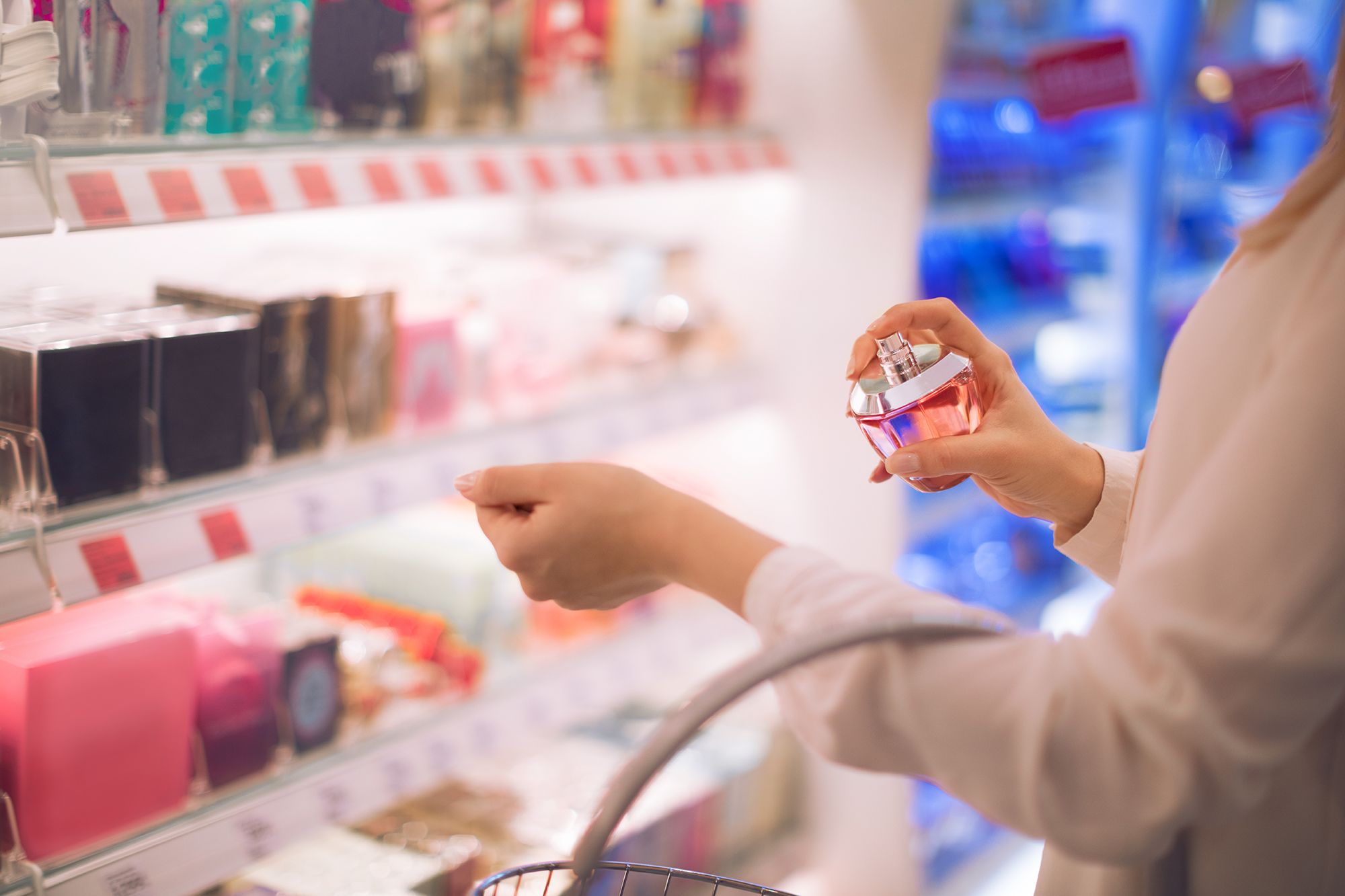Consumers Are Trading Down, Even In Secondhand Purchases
Some consumers are trading down, even in secondhand purchases. Consumers are still buying despite their concerns about the economy's health, but they are becoming more value-driven and less selective about what they buy, especially when shopping secondhand.
Author:James DavisSep 06, 202329.5K Shares547.9K Views

Someconsumers are trading down, even in secondhand purchases. Consumers are still buying despite their concerns about the economy's health, but they are becoming more value-driven and less selective about what they buy, especially when shoppingsecondhand.
In other words, even for label-conscious customers, the pink Alexander McQueen shirt with the seam split or the not-so-gently-used Gucci canvas hobo bag is starting to look fairly nice in this economy.
Luxury resale platform The RealReal (REAL) claimed among its clients, shoppers aren't shying away from resale purchases of pricy name brand apparel, handbags, and jewelry, but they are trading down in price and product condition or quality, according to The RealReal's 2023 annual resale report.
The RealReal’s president and chief operating officer, said in the report:
“„Value is driving the adoption and evolution of resale. Value can mean different things to different people, whether they find value in what the item costs, what it reminds them of or what the item evokes emotionally.- Rati Sahi Levesque
The report says that the quest for value, particularly among Millennnial and Gen Z customers, is one of the reasons why sales of "fair condition" items posted for sale on The RealReal are now brisk.
Items categorized as "fair condition" are at the absolute bottom of The RealReal's condition criteria, according to Samantha McCandless, chief merchandising officer, in an interview with CNN.
She stated that the company evaluates products accepted for resale on a five-point scale that includes "pristine" condition (items that are new, with tags, and have never been used), "excellent" condition (never been used but without original tags), "very good" condition (items with just a few minor imperfections), "good" condition (showing some signs of use), and "fair condition."
“„Fair condition clothing, shoes and handbags are items that have been worn and enjoyed. They could show stitching coming loose, and there’s noticeable imperfections. It’s very clearly a worn look.- Samantha McCandless
Depending on the product, price points decrease from the highest to the lowest tier of product condition. Despite the fact that fair condition bags, shoes, and accessories show evidence of greater wear, according to The RealReal, demand for fair condition bags is up 130% this year.
Demand for the category as a whole is up 265%, fueled mostly by younger customers. For example, a Chanel flap bag in "fair condition" costs $4,900, while one in "excellent" condition might cost 65% more, or almost $8,000.
RealReal stated that depending on the year, covetability, and other criteria, customers might save between 60% and 80% if they buy a premium branded object in "fair condition" rather than "pristine" condition. (Buyers can also return their products within a certain time frame.) As a result, the business recently expanded the category to include fair-condition apparel.
At the same time, McCandless stated that this resale trading-down pattern is impacted by other variables. "I completely believe that accessibility is a component of this... "But it's bigger than that," she explained. She claims that Millennials and Generation Z are actively adopting the "worn look" trend.
“„Historically, fashion has been about a desire to look a certain way: polished, pristine, and remaining on trend. But, with the recent rise in fair condition, shoppers have embraced imperfection. They’re willing to buy older, worn items that are made well and still remain beautiful, and they wear them with pride.- Samantha McCandless
She also added:
“„We’re getting requests specifically for fair condition merchandise. Within certain fashion circles, the worn look has become a badge of honor.- Samantha McCandless
Final Words
Overall, the secondhand market is gaining traction, with buyers increasingly focused on value. The market for "just re-worn" clothes is predicted to grow to $70 billion by 2027, up from $44 billion in 2023.
Jump to

James Davis
Author
James Davis keeps you updated daily with the best shopping tricks, hacks, and frugal living tips that you won’t find anywhere else. He also talks and writes about creative ways to save money, job opportunities like clever ways to make money from home, great jobs for teens, and online jobs that pay well.
James also enjoys working on Social Media campaigns for major brands. He believes in creating a personal relationship between the brand and its consumers. He is very much into taking the corporate out of the brand and bringing it down to the level where consumers can feel comfortable interacting and taking the brand seriously.
Latest Articles
Popular Articles